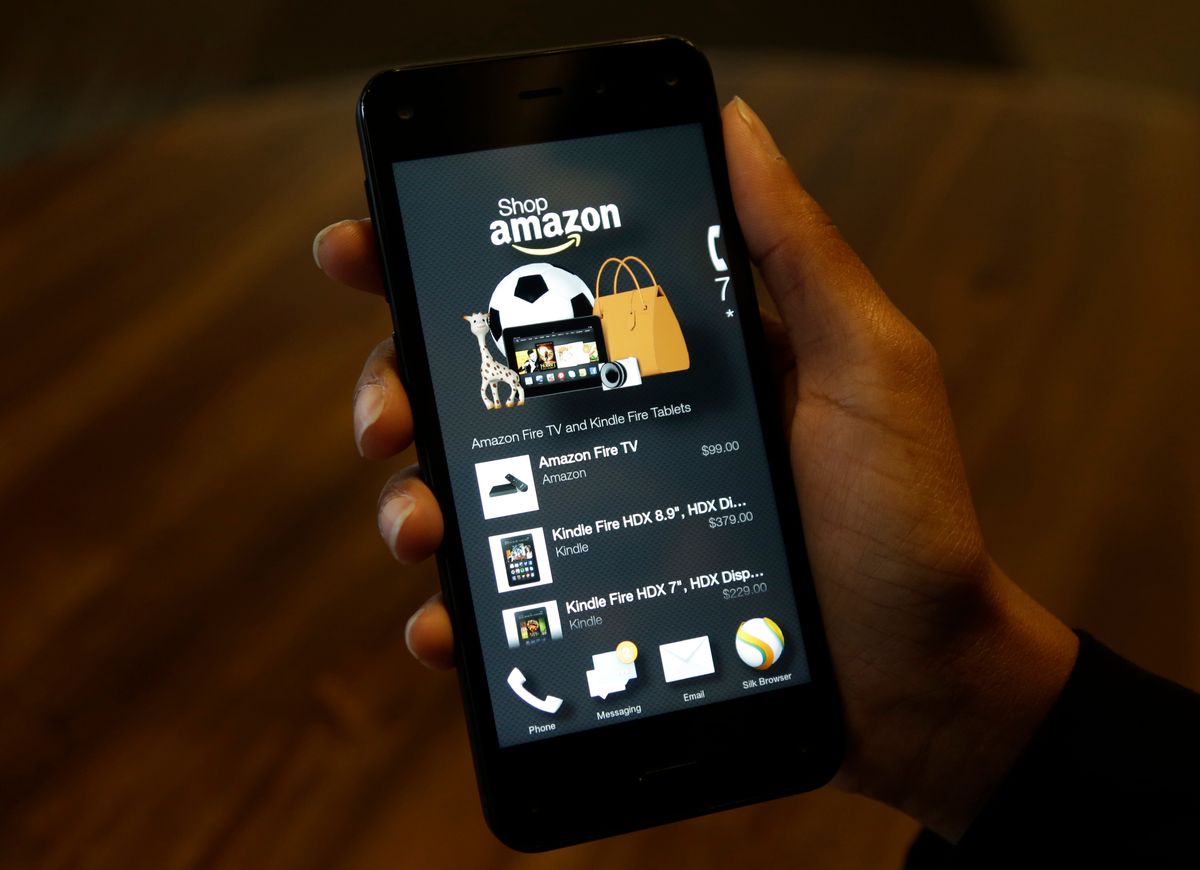Annual online retail or “e-tail” sales now exceed $19 billion in Canada, AUS$21 billion in Australia, US$410 billion in the United States, and US$1 trillion in China.
In the United States, conventional retail is growing but e-tail is growing four times as fast. Amazon already captures 43 per cent of American online retail sales, and it continues to expand into new retail categories, such as groceries, and new countries, including Australia. Other e-tailers such as Wish are also growing rapidly.
In response, brick-and-mortar retailers are enhancing their online offerings. For example, Walmart and Loblaws now allow customers to “click-and-collect” by buying online and picking up their purchases in-store.
But e-tail isn’t easy. One challenge is foreign competition. Statistics Canada reports that 40 per cent of Canadian online sales come from foreign sources. That could increase if the renegotiation of the North American Free Trade Agreement winds up raising online duty-free limits.
For e-tailers, growth is not simply a matter of advertising more through Facebook or Google keyword searches. The fundamental problem is that only 2.5 per cent of retail website visitors purchase something.
Converting those browsers into buyers is difficult. To succeed, retailers need to tailor their websites and strategies to their target customers, whether they’re across town or across oceans.
Confident and trusting consumers?
The foundation for successful online retail is consumer confidence and trust. A multi-nation study, carried out by researchers from the Goodman School of Business at Brock University, found that consumers who feel confident using the internet generally view e-commerce more favourably. Likewise, consumers are more likely to buy from e-tailers they trust. If consumers lack confidence or retailers have bad corporate reputations, those must be fixed first.
With that foundation in place, companies can then turn their attention to the way their websites are designed. To encourage online shopping, websites should be useful: Do they have the products customers want? They should also be user-friendly: Is it easy for customers to find products and place orders?
For consumers with ample internet experience, usefulness has a greater impact on purchasing. For those with less experience, user-friendliness is more important.
Fun or functional designs?
Beyond those basics, web designers must make many other decisions. Another study shows the “best” choices depend on customers’ needs and wants.
For example, some consumers want to experience a sense of growth and accomplishment. These shoppers prefer web pages with colourful pictures and emotional language. They also like descriptions of the product’s performance or the pleasure it offers. Their favourite e-tail sites combine these features to make shopping fun.
The movie section of the Google Play store is a good example of pleasure-oriented design. Shoppers can watch previews, read and write reviews and rent movies.
By contrast, some shoppers say they want their shopping experience to feel secure and responsible. They want to avoid negative outcomes, such as accidentally ordering the wrong size or version of a product.
These negative-avoiding shoppers prefer pages with practical layouts and clear menus. They also like descriptions that emphasize product functions and reliability. Their favourite sites make shopping efficient.
Amazon’s site fits into this category. It offers many ways to search for products and suggests additional related products the shopper may like.
The best retail websites focus on one shopper type or the other — they don’t try to please both. Some customers dislike seeing the other type’s features, or get confused by the contradictions between them. For example, negative-avoiding shoppers not only prefer seeing more functional features, they also prefer seeing fewer fun ones.
Retailers wanting to reach both groups may need multiple sites. For example, Dell has different designs for its business and consumer web pages.
Available or habitual?
Online retailers should also support shopping via smartphones and tablets to build their business. Mobile or “m-commerce” offers consumers even more access or “ubiquity,” allowing them to shop for anything, anywhere, anytime. But research published earlier this year indicates that the best way to promote these services depends on customers’ previous m-commerce experience.
Some customers are relatively inexperienced with mobile shopping. To reach them, retailers’ advertising should explain the availability and convenience this service offers.
Retailers should engage with experienced mobile shoppers more directly, so that it becomes a habit. These consumers take availability as a given and respond to nudges like coupons, memberships and reward programs. Amazon Prime is a great example of this approach. The goal is to keep people coming back often, and inspire their friends to shop too.
Basic marketing, updated
While online shopping behaviours do vary from country to country, what matters more to e-tailers are the features of the individual market segments. For example, some developed countries, such as Canada, still have consumers with little e-commerce experience. Likewise, some consumers in less developed countries, such as India, are sophisticated online shoppers.
![]() Even with the latest trends and technology, retailers still need to know their customers to be successful. But e-tail requires the retailer to know a different set of things about their customers and to use different methods. The winning e-tailers will be those that use targeted offerings — whether through design or incentives — to capture consumers’ hearts and minds.
Even with the latest trends and technology, retailers still need to know their customers to be successful. But e-tail requires the retailer to know a different set of things about their customers and to use different methods. The winning e-tailers will be those that use targeted offerings — whether through design or incentives — to capture consumers’ hearts and minds.



Shares